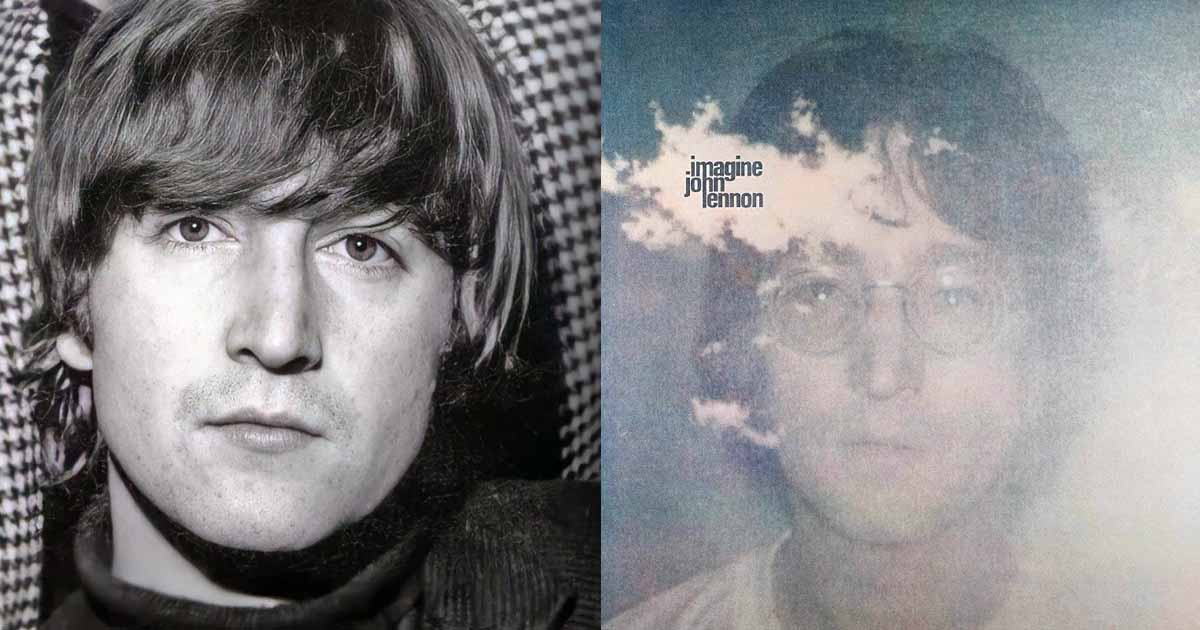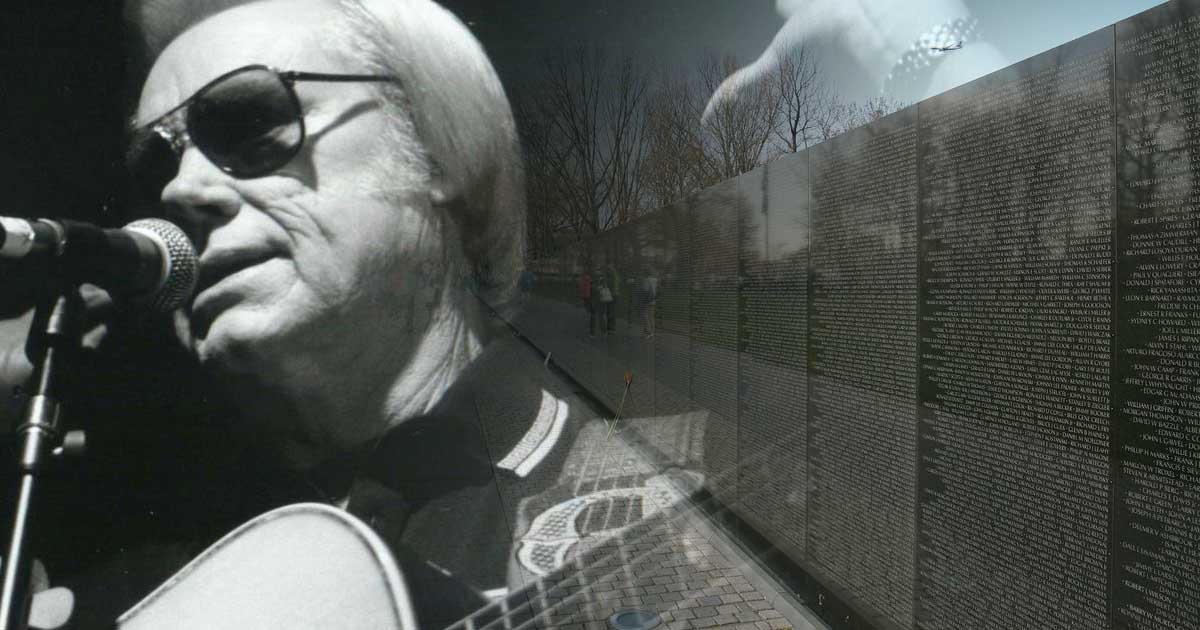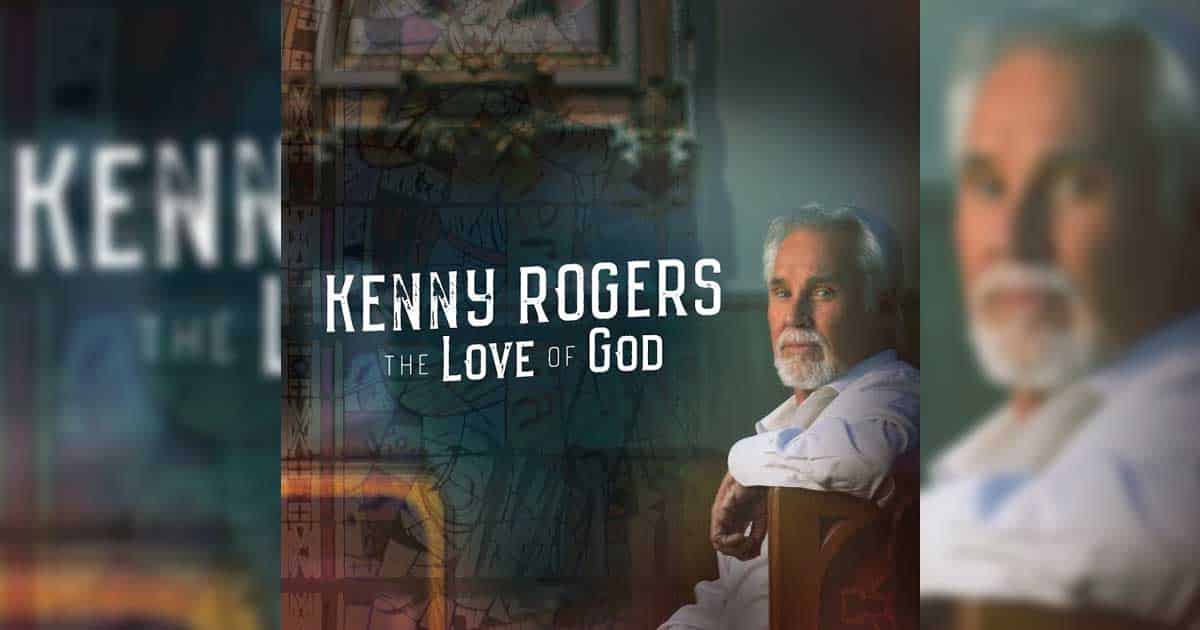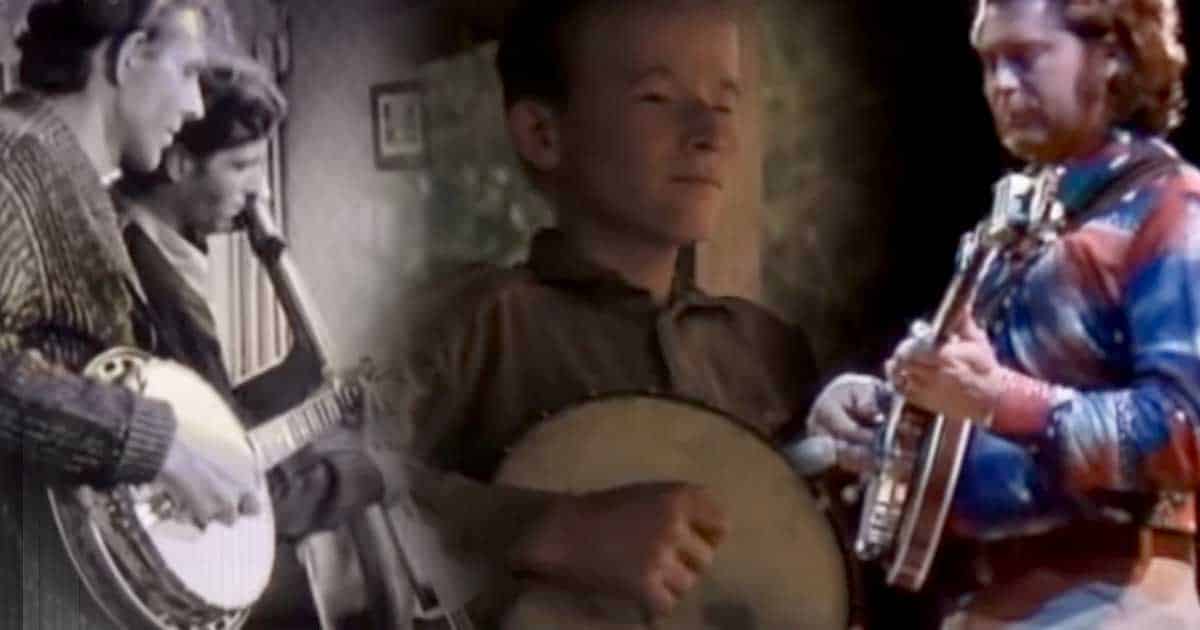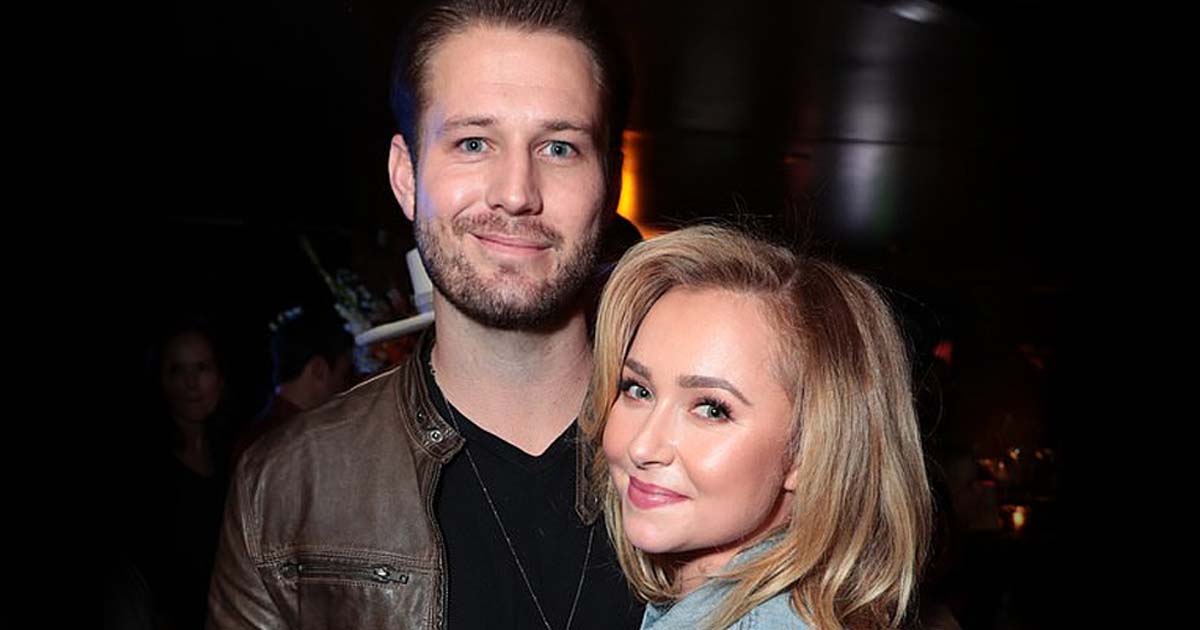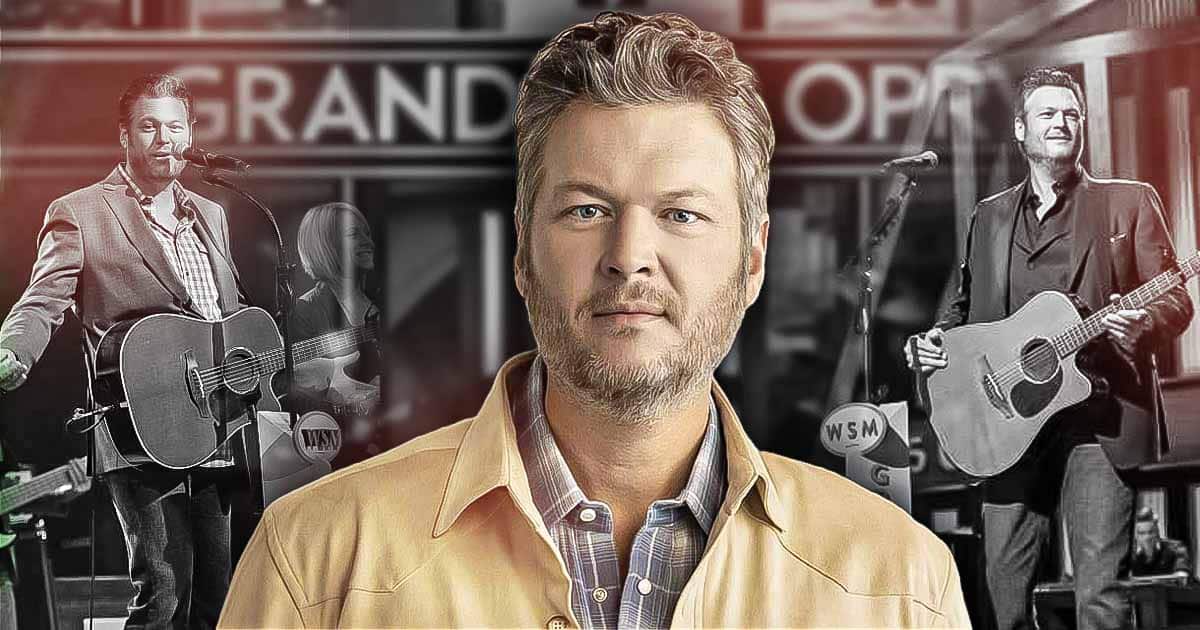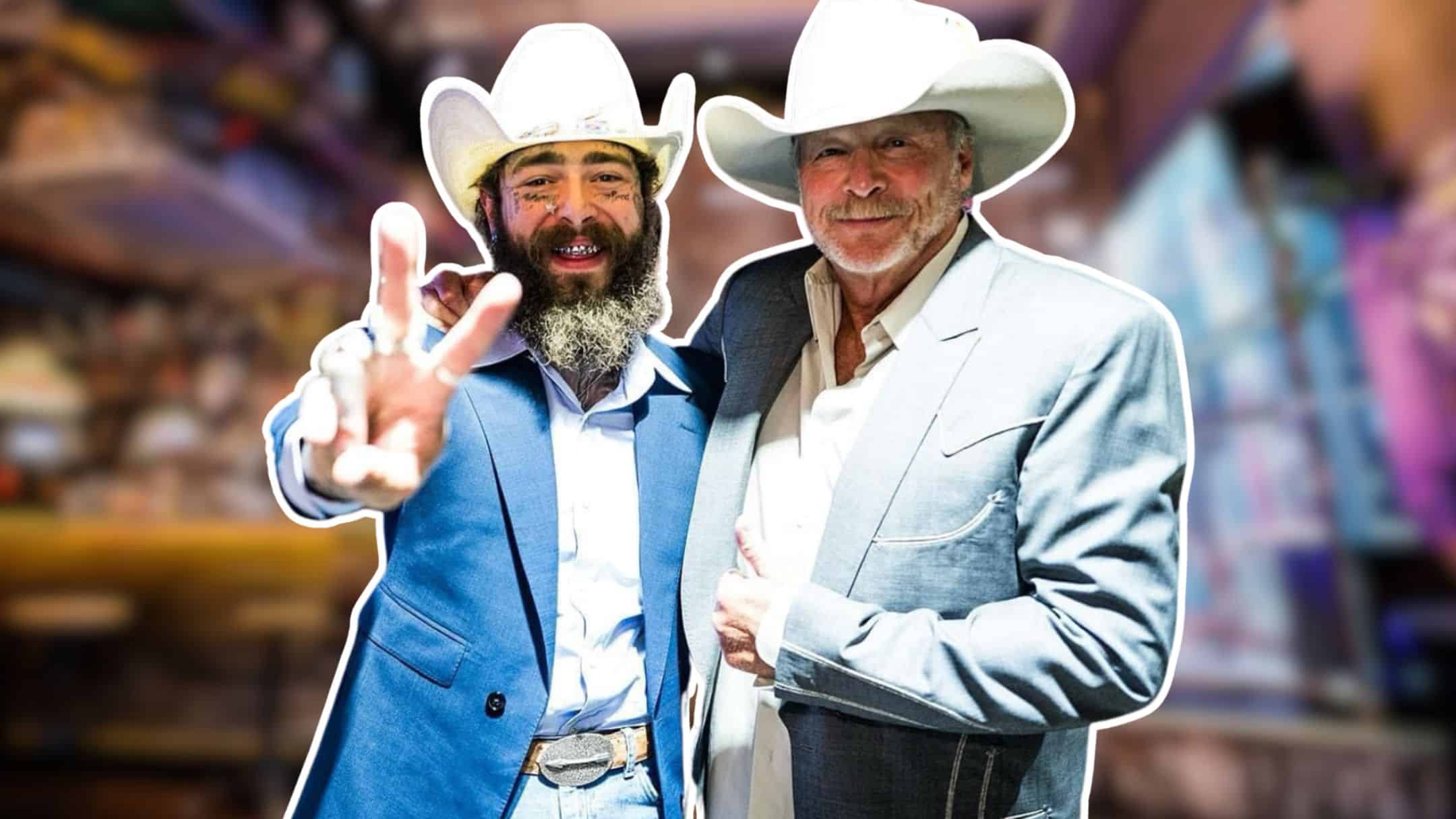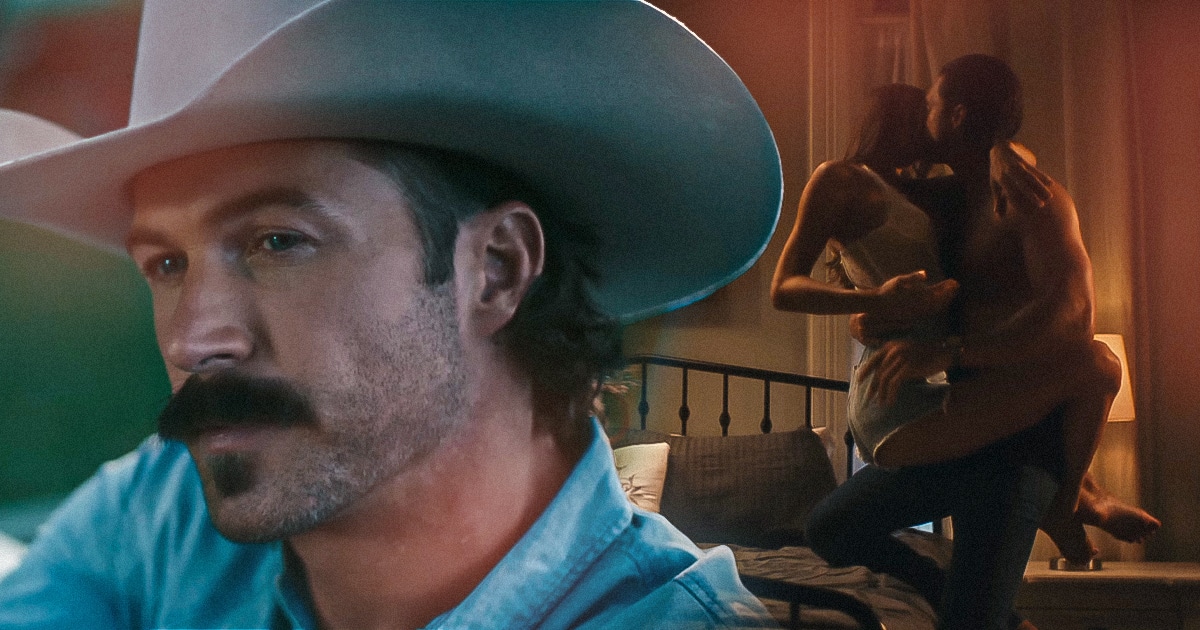After breaking off with the rest of the “Beatles” back in 1971, John Lennon continued his music career and was successful on his own. He produced several albums (some more controversial than others, such as “Double Fantasy,” which was still arguably iconic) and songs. One, in particular, stood out among the rest: “Imagine.”
Using his fame as leverage and music as his medium, John Lennon wrote “Imagine” to advocate for peace and to stand against the rampant rise of war and conflict. Envisioning the world as we know it to be rid of divisive beliefs and national boundaries and with people focusing on what we have together as a whole and not just what we have as individuals. Imagine a world of peace, unity, and serenity.
RELATED: Dolly Parton and Her Rendition of John Lennon’s Single “Imagine”
With his lyrics as the canvas of his convictions, John Lennon painted in the notes with emotive depth and vulnerability, drawing a picturesque world of peace, with every note guiding his audience through the journey of reflection and introspection. Painting an imagination of “what could be?” evokes a sense of serene contemplation.
His voice, bearing the weight of earnest longing for unity and peace, resonated with its audience, who bore the same desires. It encapsulated the very essence of his beliefs and aspirations, delicately woven into each lyric and note. Pulling people into a realm where hope isn’t just a possibility but a reality, leaving a lasting impression on anyone who would listen.
Meaning Behind The Song
The year 1971, just like any other year, had its year of conflicts, and it was a time of geopolitical tensions and war. With the United States being in conflict with Vietnam and an ideological rivalry with the Soviet Union coupled with Arab-Israeli and the aftermath of colonization of African and Asian countries, it really was a time of civil unrest. It caused widespread protests and anti-war movements, particularly in the U.S. and Europe.
During this time, John Lennon leveraged his fame to be an outspoken advocate for peace. Together with his wife, Yoko Ono, they engaged in various forms of activism, including distributing anti-war literature, staging peaceful protests, and funding billboards in major cities with messages of peace. It was at this time that songs like “Give Peace a Chance” and “Imagine” became prominent, carrying messages of peace, love, and understanding, reflecting his dedication to spreading a message of unity and non-violence.

